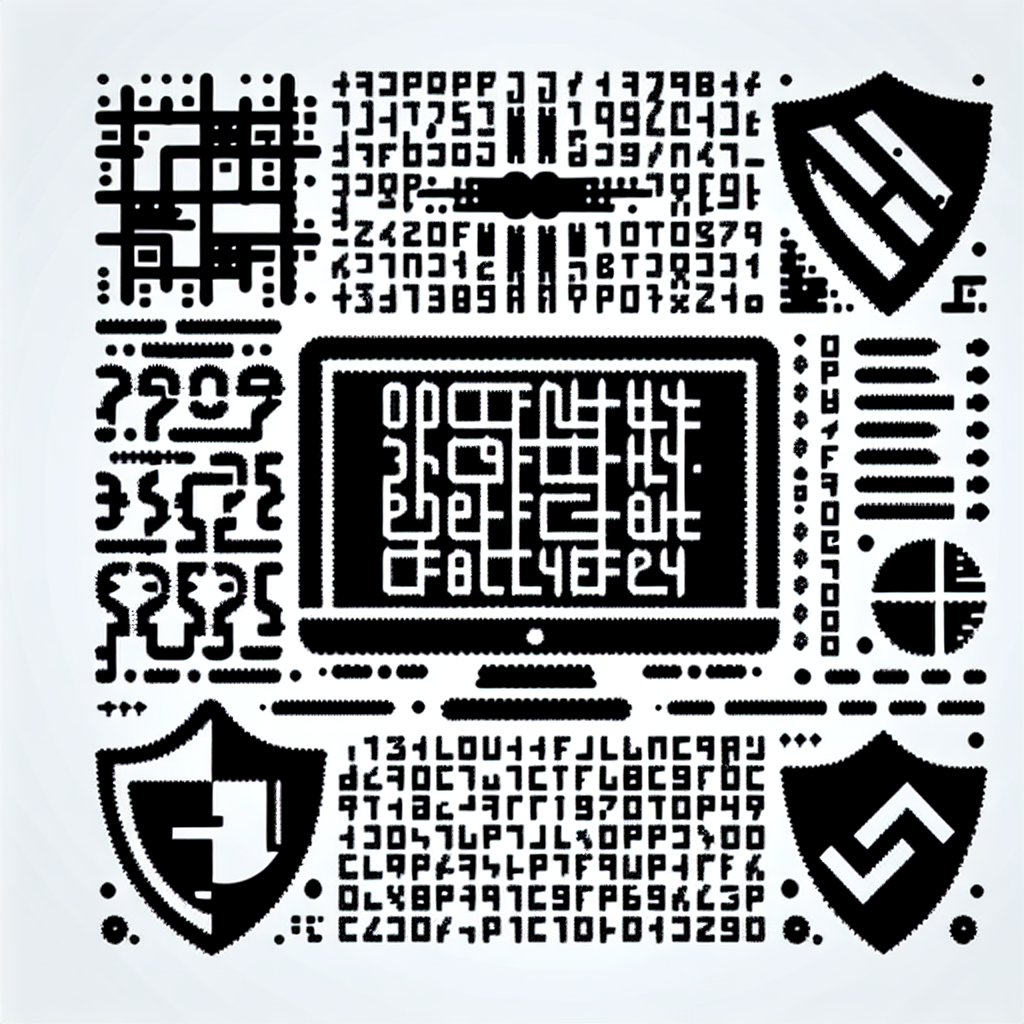
CAPTCHA is a tool websites use to separate human users from automated scripts and bots by presenting tasks that are easy for humans and hard for machines.

CAPTCHA stands for a class of tests designed to tell humans and machines apart by requiring actions humans can do naturally.
CAPTCHA emerged in the early 2000s as a practical response to automated abuse, evolving from distorted text to image and behavior-based systems.
A CAPTCHA issues a challenge and evaluates the response—either client-side or server-side—using pattern recognition, behavioral signals, or risk scoring to decide if the user is human.
Common formats include distorted-text, image-selection grids, audio challenges for accessibility, hidden honeypots, behavior-based checks, and device-fingerprint scoring.
Image and audio challenges increase accessibility and raise the difficulty for automated solvers by requiring object recognition or audio parsing that’s still hard for many bots.
Behavioral checks monitor mouse movement, typing cadence, and session signals to score human-like activity without forcing visible tests.
CAPTCHA reduces automated abuse like credential stuffing, brute-force logins, spam signups, and scraping, but it’s not a complete defense on its own.
Challenges include human-solver farms that bypass tests, advanced AI models that can solve visual puzzles, accessibility hurdles for some users, and occasional false positives.
Use CAPTCHA alongside rate limits, IP reputation, multi-factor authentication, and device risk scoring; choose invisible or low-friction options for trusted users to reduce friction.
Track reduced automated traffic, lower failed-login rates from bots, decreased spam submissions, and improved conversion when using adaptive, low-friction checks.
Expect a shift toward passive, privacy-aware risk signals, better accessibility, and arms-race dynamics with AI that will require layered defenses and human-in-the-loop verification when needed.
Many solutions exist as simple integrations; for email and web protection resources, see Palisade for tools and guidance.
Yes—CAPTCHA remains a useful layer to block automated abuse, especially when combined with other defenses.
Some sophisticated bots and solver services can bypass CAPTCHAs, so defenses should be layered and adaptive.
Offer audio alternatives, use behavior-based checks, and follow WCAG guidance to minimize exclusion of users with disabilities.
Visible, high-friction CAPTCHAs can reduce conversions; adaptive or invisible checks limit impact while preserving protection.
Security teams or site owners should tune thresholds, monitor logs, and test for user friction to strike the right balance.